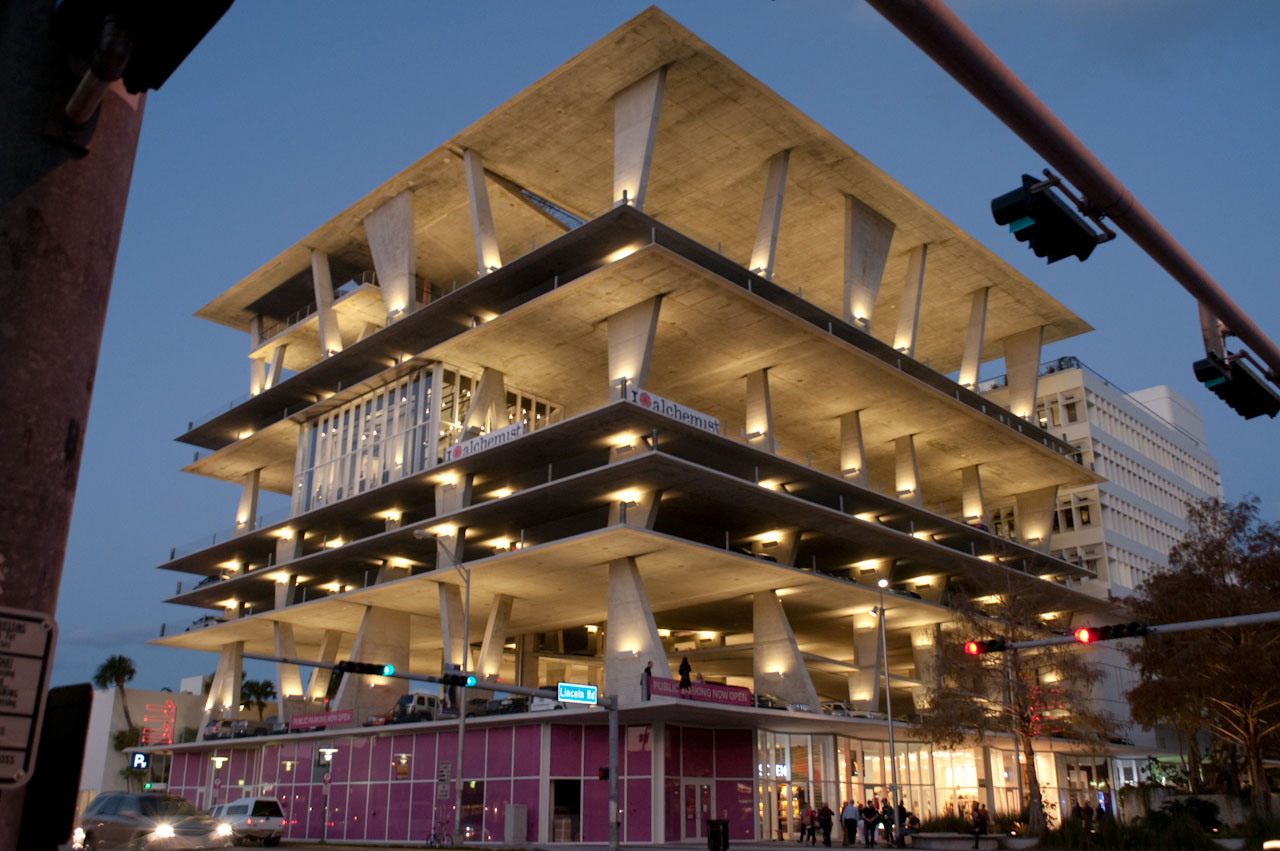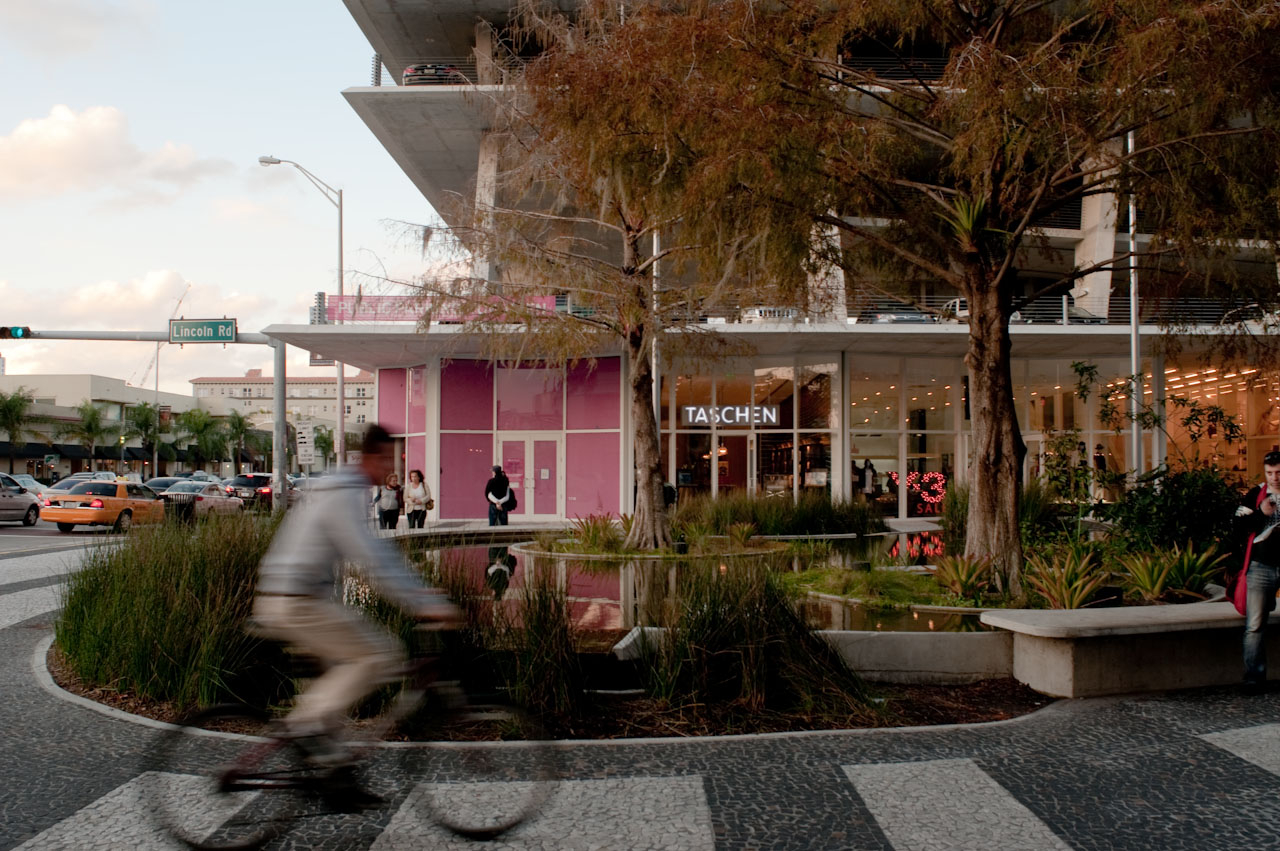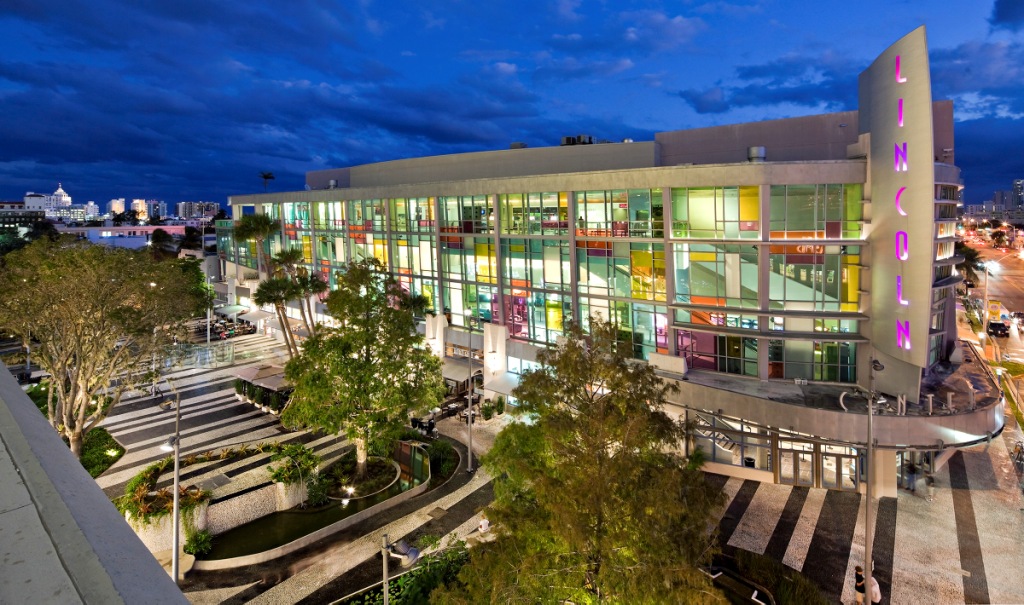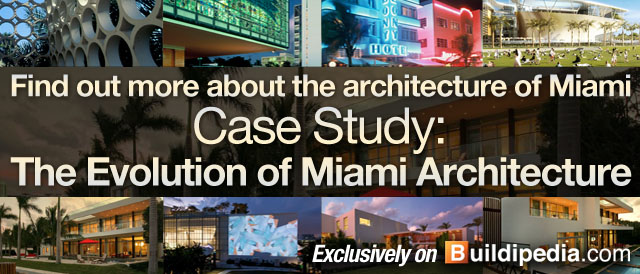Q & A with Robert Wennett, Developer of 1111 Lincoln Road
Although developers are often regarded by architects as roadblocks to the creative process, Robert Wennett has set himself apart from this stereotype. Not your typical developer by any stretch, Wennett purchased property on Lincoln Road in Miami Beach and engaged Herzog & de Meuron to create what is surely the most amazing parking garage youíve ever seen.
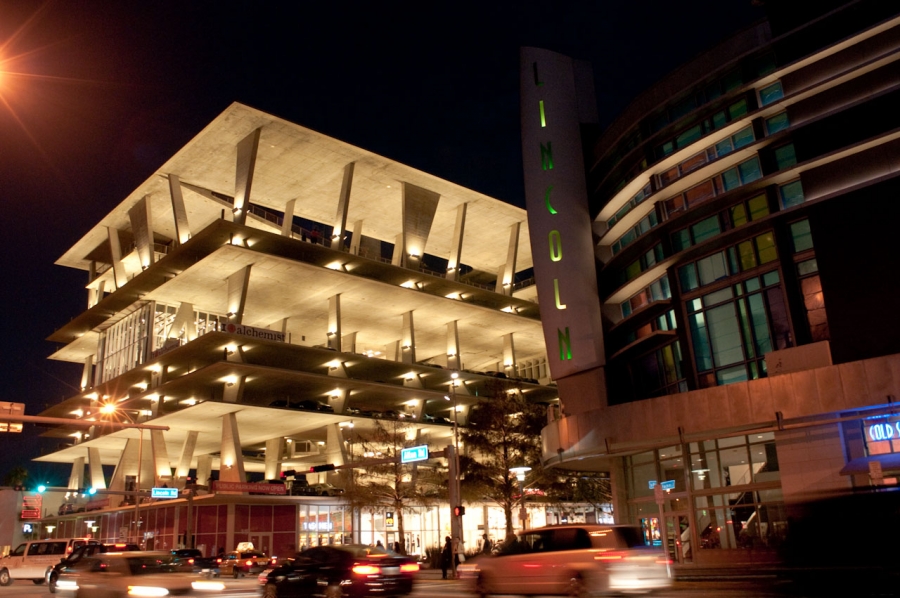 Image courtesy of Damian Wohrer
Image courtesy of Damian Wohrer
We spoke with Mr. Wennett about his commitment to creating civic spaces for our recent article on the Evolution of Miami. Here is the full conversation.
How did you end up in Miami and why did you see it a worthy place in which to invest?
I started investing in Miami in 1998; I had a real estate fund called Starwood Urban, a part of Starwood Capital. Iíd been attracted to Miami and had been coming here since the '80s. I did a couple of mixed-use retail and residential projects in Coral Gables, and I also bought some buildings in Miami Beach, so it wasnít a new market for me when I started with 1111. I thought there was an enormous amount of opportunity on Lincoln Road, specifically. Itís a destination for both locals and tourists.
Why did you choose Herzog & de Meuron to design the garage?
I really wanted to invent a project that was unique Ė a world-class project. Although Miami has quite a range of good historical architecture, it didnít really have many new, exciting buildings, and certainly very few buildings by world-class architects. My global experience suggested that cultural tourism is extremely important to the future of Miami and Miami Beach, and what Iíve seen in other major cities, especially in Europe, was that the making of architecturally significant projects helps transform the city, the classic example being Bilbao, Spain.
You chose to preserve the SunTrust Bank Building, a 1968 Brutalist building on the site. What is its significance to the city?
Lincoln Road is located almost predominately in a historic preservation area, but this building is not. However, I felt that it was part the history of Miami Beach, and is architecturally significant in its own right as a very good example of Brutalist architecture. I didnít want to destroy that. But I asked myself, how do I take this building that was built in the context of the race riots and the decline of Miami Beach, a very inward-looking building, and make it a pedestrian-friendly building? I made significant modifications, especially to the ground floor, including moving the entrance onto Lincoln Road, in order to accomplish that.
1111 is the building's address, but has it also proved a successful branding strategy?
When we researched the branding strategy and were determining what to call the project, we started studying the number 1111 and realized how many people are connected to it. The number is very important in numerology, as many people look at the clock and notice it reads 11:11, for example. They are fascinated by it. Prior to this project, nobody knew the address; it was always known as the SunTrust Building. The new name allowed us to reintroduce the project as a new building.
Although itís a parking garage, 1111 is a truly civic project because it provides public space. Why cater to pedestrians when the building is ultimately intended to draw cars?
It really comes down to this: every project should be thoughtful. We have a civic duty when we infringe upon a community; we must add something to the quality of peopleís lives. I look at architecture as extremely permanent. Very few buildings get to adapt; new ones get built very quickly, often without much thought. In this project, the architecture was well received. But the most important thing is the life of building and how people utilize it Ė they see it as a major addition to the quality of their lives.
The Internet solves retail needs because itís very efficient, but itís never going to meet our social needs, and I think people are craving more of these experiences. Our garage is much more a civic and public space rather than a warehouse for cars. I think thatís what delights people Ė an activity such as parking your car, which is something quite mundane, has somehow become an interesting experience that they want to share with other people. On the Fourth of July, for example, we had hundreds of people on the seventh floor enjoying the view of the fireworks. We also have people who come to exercise in the garage. Locals bring friends from out of town to show them the incredible views. Itís constantly transforming; people are there in that garage for many different reasons, and it has served as the backdrop for fashion shows, filming, and movie screenings. Tourists are constantly photographing and looking around the garage and noticing all the details, even if theyíre not architecture buffs.
That is not what youíd expect a developer to say! What do you see other developers doing right, or wrong, in Miami?
The biggest mistake that I see in Miami is the lack of integration of buildings into the urban fabric. Very little thought is spent on the pedestrian plane, which is extremely important. Developers are very good at getting lots of volume and lots of space on their sites, but Iím not sure they really take the time to understand that the pedestrian is observing the building, and so they should spend a great deal of time on pedestrian scale and the pedestal of a building.
So, whatís next for you as a developer?
Whatís next for me has to be something thatís creative and stimulating, new and fresh. The last thing Iím going to build is another 1111 Lincoln Road. Everything is in context, and the building made sense for where we were and what we were trying to achieve. But I do like the notion of twisting things around and giving something a new perception, so I would imagine my next project would be similar in that respect.

Murrye Bernard
Murrye is a freelance writer based in New York City. She holds a Bachelor's degree in Architecture from the University of Arkansas and is a LEED-accredited professional. Her work has been published in Architectural Record, Eco-Structure, and Architectural Lighting, among others. She also serves as a contributing editor for the American Institute of Architects' New York Chapter publication, eOculus.
Website: www.murrye.com
